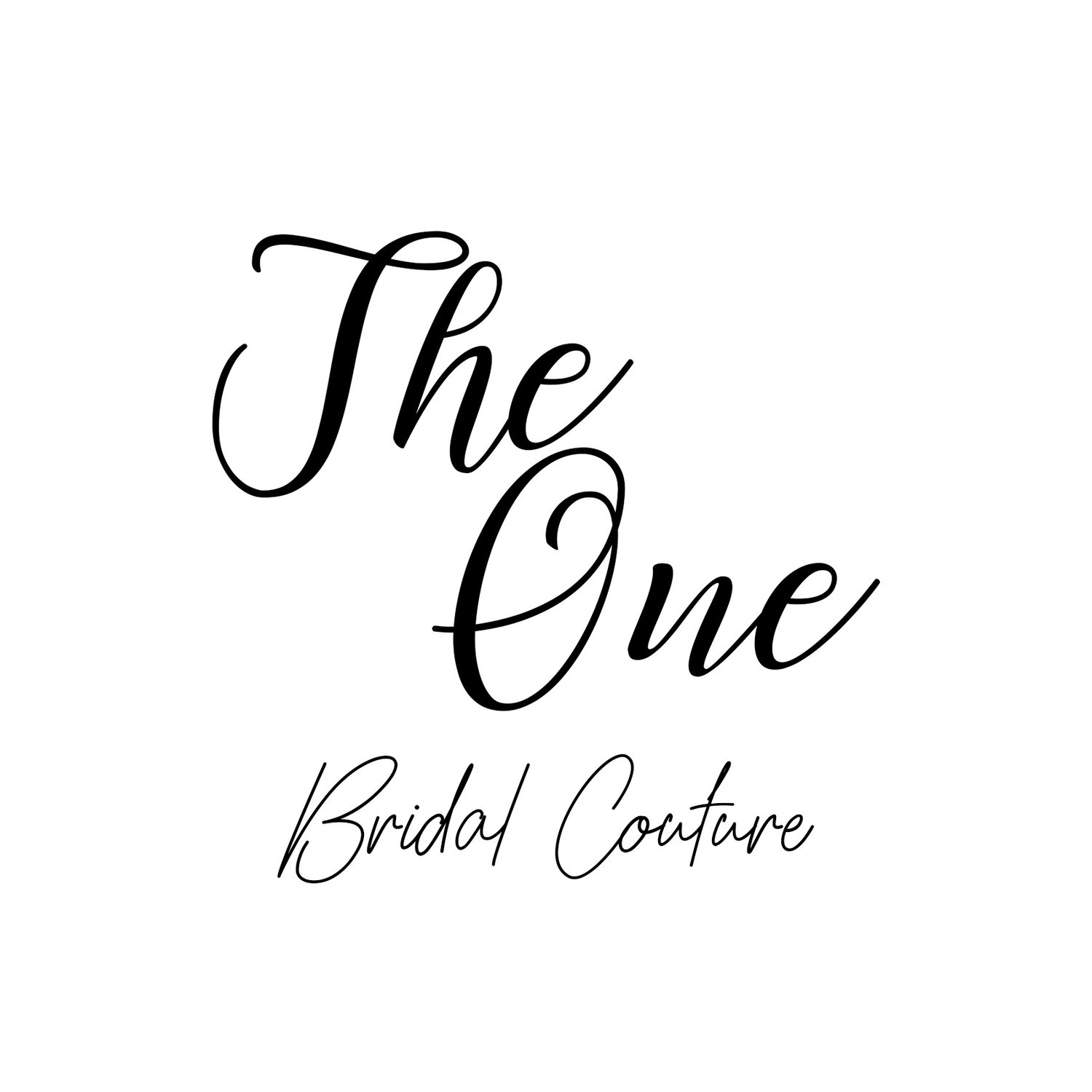Wedding Dress Alterations
Wedding dress alterations are a crucial part of the bridal gown process, ensuring that your dress fits perfectly and flatters your figure on your big day. Alterations can include changes to the fit, length, or details of the dress, and are typically done by a skilled seamstress or tailor. Here’s a guide to help you understand the process of wedding dress alterations:
Types of Wedding Dress Alterations:
Hemming
What it is: Shortening or lengthening the wedding dress to match the bride's height and the shoes she'll be wearing.
When to consider it: If the dress is too long or needs adjustment to ensure you don’t trip on the fabric while walking.
Tip: Bring your wedding shoes to the fitting to ensure the hem is the perfect length for your heels.
Taking in or Letting Out the Sides
What it is: Adjusting the fit of the dress around the bust, waist, and hips for a more personalized fit.
When to consider it: If the dress feels too tight or loose around certain areas.
Tip: Make sure to schedule multiple fittings, as some slight changes can affect the overall fit.
Altering the Bust Line
What it is: Adjusting the bodice to ensure the dress fits properly at the bust. This can include changing the neckline shape or modifying the straps.
When to consider it: If the straps fall off the shoulders, the bust feels loose, or the neckline isn’t flattering.
Tip: If you're wearing a corset, consider whether it will need adjustments for comfort or support.
Adjusting the Train
What it is: Shortening or reshaping the train of the dress, or adding a bustle for easy lifting after the ceremony.
When to consider it: If the train is too long, too short, or if you need a bustle to lift it for dancing.
Tip: Make sure the bustle is easy to use and doesn't interfere with walking or dancing.
Modifying Sleeves or Straps
What it is: Altering the length or style of sleeves (long sleeves, cap sleeves, or off-the-shoulder) or adjusting straps for comfort and fit.
When to consider it: If you want to change the sleeve style or need to adjust straps for support.
Tip: Consider comfort during your wedding day, especially if you plan on moving a lot or want freedom of movement.
Adding or Removing Details
What it is: Modifying design details like adding beading, lace, or embroidery, or removing unnecessary embellishments.
When to consider it: If you want to update or customize the design to fit your vision.
Tip: Be sure to communicate your desired changes clearly with the seamstress so they can help bring your vision to life.
Taking in the Bustle
What it is: Attaching hooks or buttons to the train of the dress so it can be lifted up after the ceremony, making it easier to move during the reception.
When to consider it: If your dress has a long train and you want to be able to dance or move freely after the ceremony.
Tip: Practice using the bustle in your fitting to ensure you can do it yourself on the big day.
Neckline Adjustments
What it is: Changing the shape or depth of the neckline, whether it's a sweetheart, V-neck, or straight across.
When to consider it: If you feel that the neckline is too high, too low, or not flattering for your body shape.
Tip: Make sure to keep the balance of the overall design when adjusting the neckline, especially in relation to the bodice.
